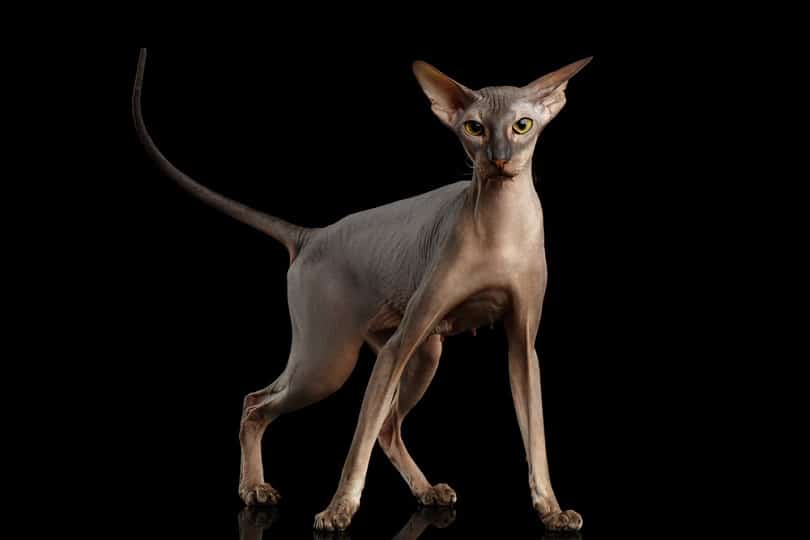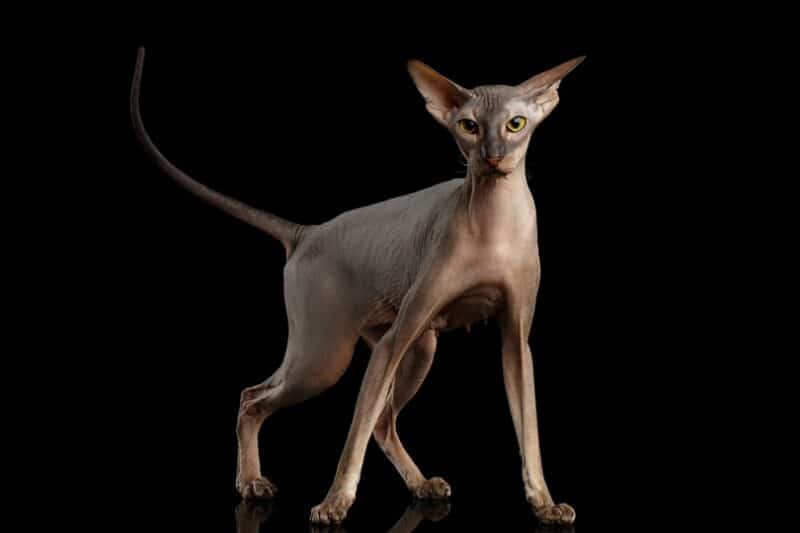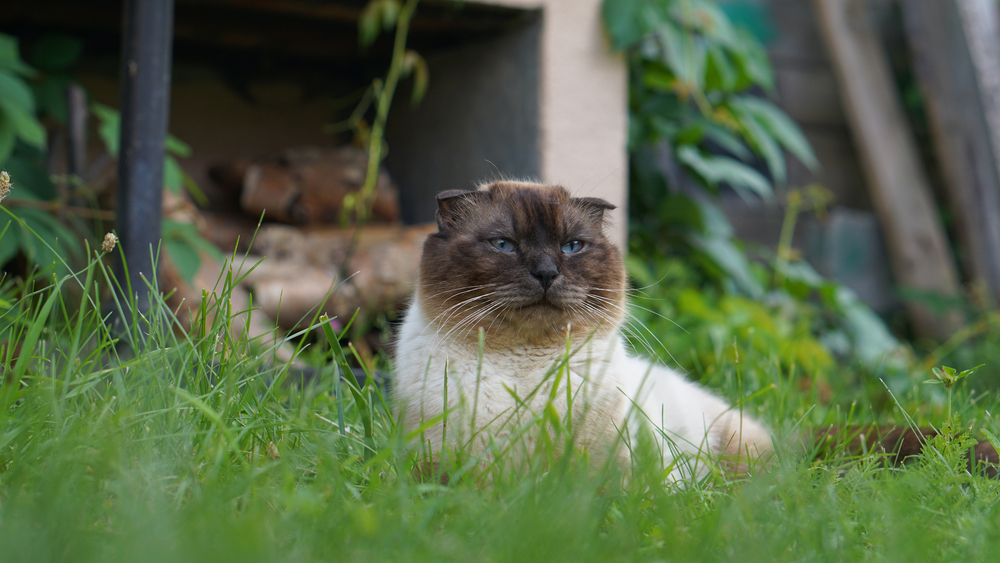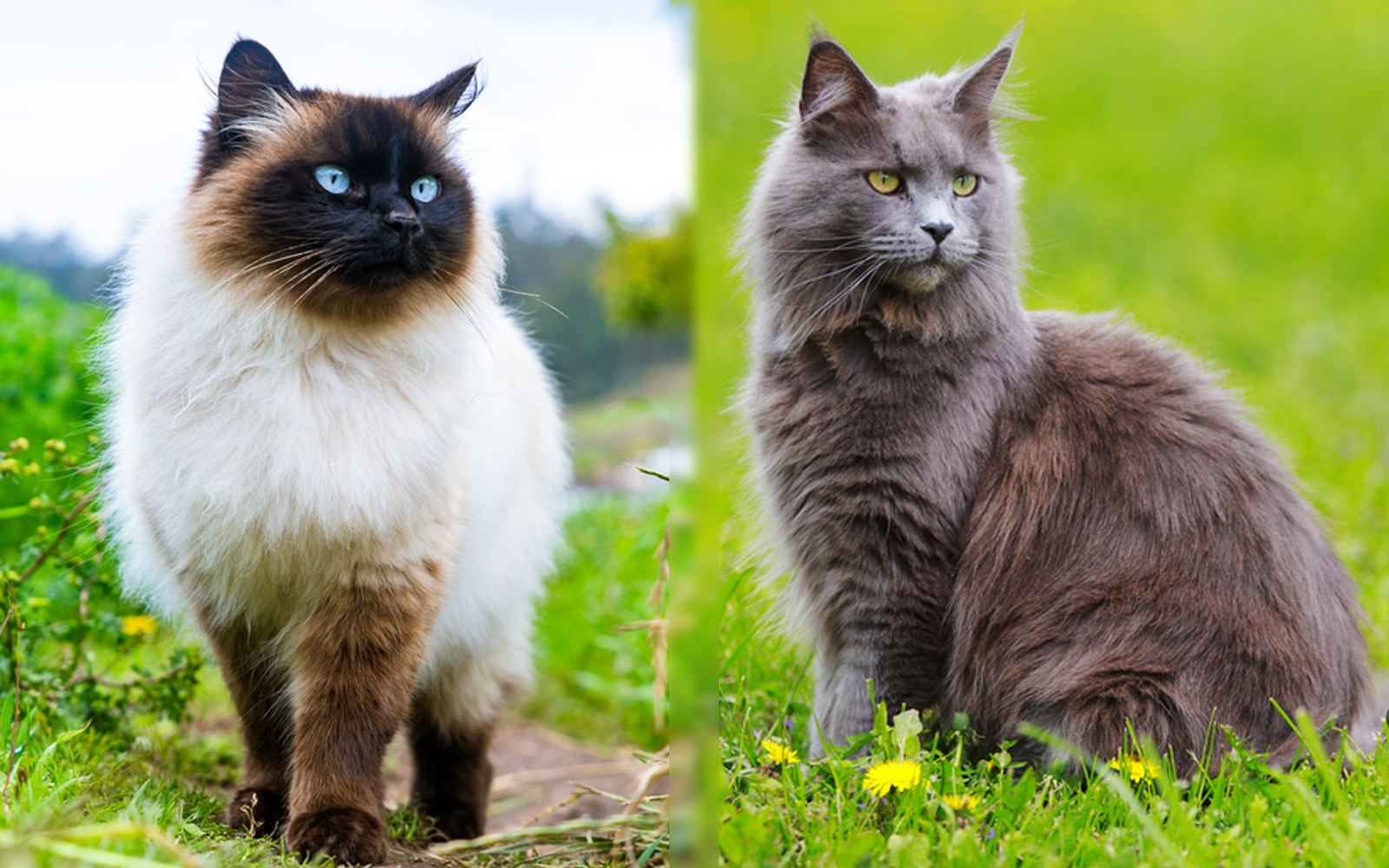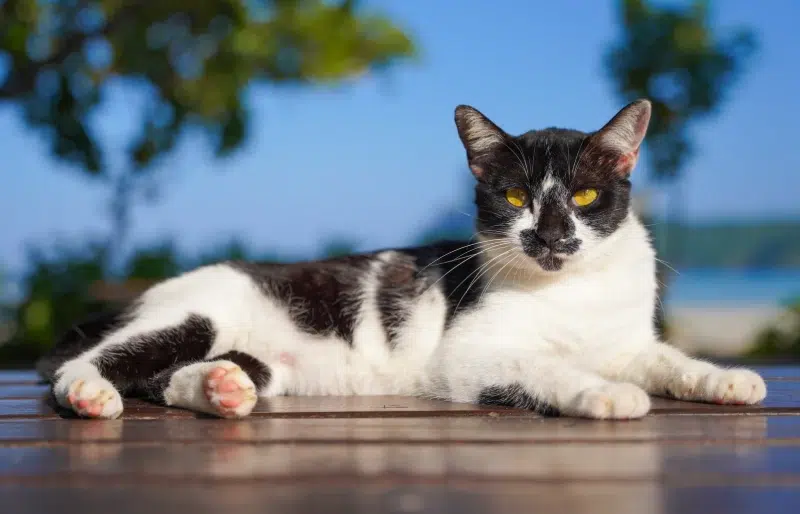Click Below to Skip Ahead
Breed Overview
Height: 8–10 inches Weight: 7–14 pounds Lifespan: 12–15 years Colors: Varied Suitable for: Families with small children, families with other pets, seniors, apartment dwellers Temperament: Friendly, affectionate, playful, intelligent If you’re seeking a lovable, loyal, and lively kitty to add to your household, the Peterbald cat may be purr-fect for you. Here is everything that you need to know about this fantastic breed. First developed in 1994 by a Russian cat breeder who crossed a Sphynx with an Oriental Shorthair, the Peterbald is the ultimate family-friendly cat. However, despite their rapid rise in popularity, the Peterbald remains a relatively rare purebred cat. Due to the rarity of the Peterbald, this cat will often come with a steep price tag. But before you go and scoop up the first adorable little Peterbald kitten you see being sold at an affordable price, it’s critical to know where your new cat came from. The sad fact is that, just like puppy mills, kitten mills exist and sell purebred kittens at reasonable prices but with little regard for their health or happiness. A kitten mill is a large-scale cat breeding facility where purebred felines live in tight, unsanitary conditions. Cats will be bred until they are no longer able to reproduce. If this happens, they are typically killed or given away. Kitten mills are in operation throughout the United States and sell kittens to pet stores or on internet classifieds. There are several red flags to keep an eye out for that could signify a kitten mill. These include: Do not do business with this operation if you notice any of the signs above being displayed. Even though the affordable price tag of the Peterbald kitten can seem initially appealing, it will cost you tons of money and heartache later. What the Peterbald lacks in fur, they more than make up for in personality! Much like a dog, the Peterbald is a loyal, loving, and intelligent breed. They love spending quality time with their human pride and will constantly follow you around. While charming, this intense loyalty can also equate to separation anxiety if your Peterbald is left by themselves for long stretches of time. This is why this breed is not recommended for people who work long hours or are away for long periods. Along with being super affectionate, the Peterbald is also extremely intelligent, outgoing, and energetic. While they love cuddling up on the couch with you, your cat also needs a moderate amount of mental and physical stimulation each and every day. Yes! The Peterbald is the ideal family companion. Due to their extremely patient and outgoing nature, they are great with small children. Just be careful to keep a watchful eye on your tots and Peterbald during playtime so nobody gets hurt. Most definitely! The Peterbald is great for multi-cat households and even gets along well with dogs. If you’re considering adding a Peterbald cat to your home, it’s important to educate yourself on everything you need to do to keep your kitty happy and healthy. From food and exercise to grooming and training, here is everything you need to know about owning a Peterbald. As with any cat breed, the Peterbald is susceptible to weight-related health issues, such as obesity. This is why it is important to feed your cat a high-quality, high-protein diet. However, because of their lack of hair, Peterbald cats will metabolize their food faster than cats with full coats. This means that your Peterbald will have a voracious appetite. Always keep a full bowl of fresh, clean water available to your cat at all times. Peterbald cats need a moderate amount of daily exercise to keep them fit. Cat toys designed to encourage your cat to move and pounce are great for Peterbald purebreds. These include laser toys and fishing pole toys. In addition to physical exercise, your Peterbald will need plenty of mental stimulation to keep from getting bored and lonely. Offer your furry friend tons of affection throughout the day by cuddling and petting them. The Peterbald is a super-smart cat and is able to be taught tricks. From giving you a high five to fetching their toy mouse, your Peterbald can effortlessly learn fun tricks. Positive reinforcement training methods, such as clicker training, work best for the Peterbald. Don’t forget to reward them for all of their hard work with high-value kitty treats! Despite being a hairless cat, your Peterbald definitely needs skin care. For instance, if you ever take your cat outside with you into the backyard, be sure to apply a small amount of cat-friendly sunscreen on their sensitive skin. Your Peterbald will also need to wear sweaters or coats during the colder months to keep them warm and cozy. Gently bathe your Peterbald in warm water once per week to remove dirt, debris, and excess oils from their skin to prevent itchiness and irritation. While the Peterbald is a generally healthy cat, they do have some special needs because of their lack of fur, and they are susceptible to sunburn and temperature sensitivity. To keep your Peterbald in tip-top shape, feed them a high-quality diet and take them to the vet for their routine wellness visits. While male Peterbalds will be a tad larger than females, they often have the same personalities and intelligence. Although you may assume that all Peterbald cats are beautiful and bald, this breed actually has five very different coat variations, including bald, flock (which is 90% hairless), velour (70% hairless), brush, and straight (a normal short coat with whiskers). The Peterbald is the diva of the feline kingdom and adores attention. If you’re not giving them enough, they’ll definitely let you know! The Peterbald has only been around since 1994. If you’re on the hunt for an awesome cat with a dog-like personality, the Peterbald could be perfect for you. Not only are they highly affectionate and extremely smart, but they will also thrive in a multi-pet household or a family with young kids. This breed needs constant attention and is not recommended for people who are gone for long periods of time. Due to their lack of fur, Peterbald cats also have special grooming and skincare needs. If you want to add an amazing kitty to your family, consider getting a Peterbald today! Featured Image Credit: Seregraff, ShutterstockBreed Overview
Peterbald Characteristics
Peterbald Kittens
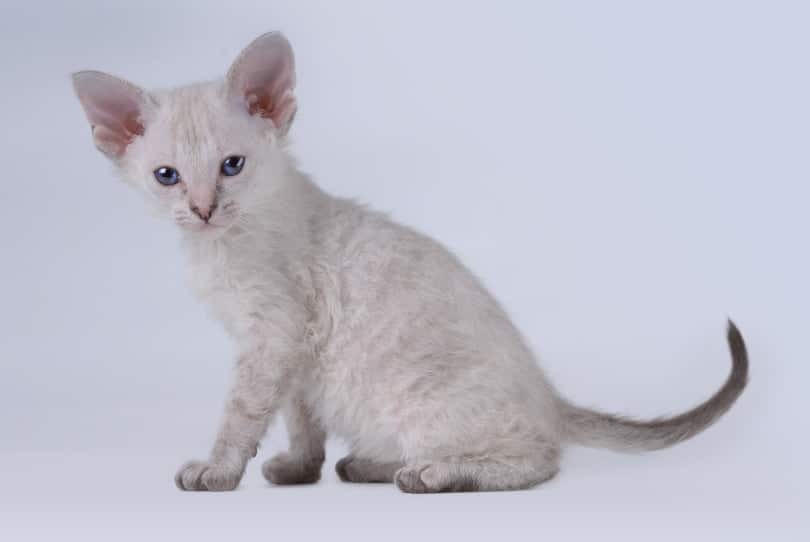
Temperament & Intelligence of the Peterbald
Are These Cats Good for Families? 👪
Does This Breed Get Along With Other Pets?
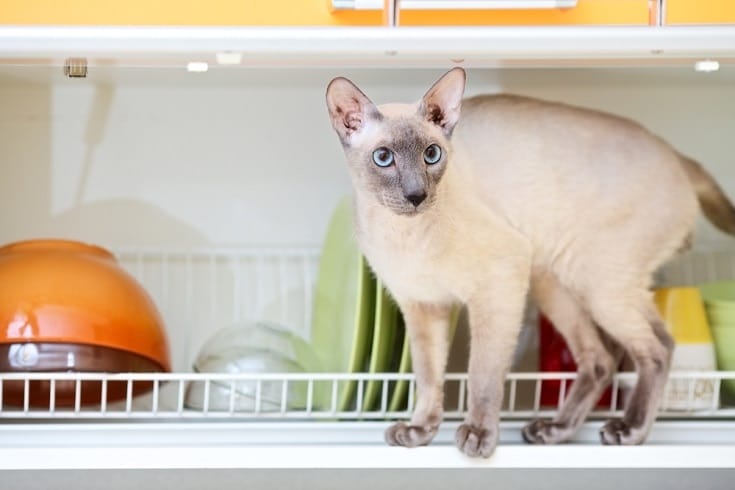
Things to Know When Owning a Peterbald
Food & Diet Requirements
Exercise 🐈
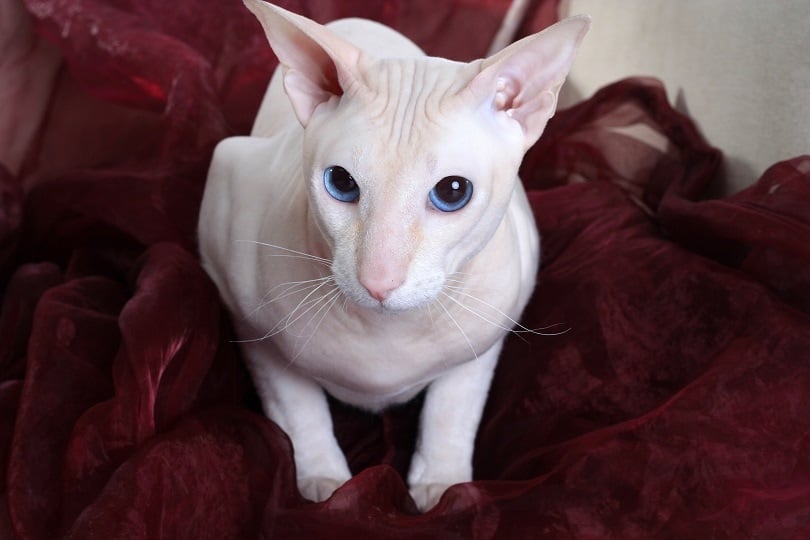
Training 🧶
Grooming ✂️
Health and Conditions 🏥
Male vs. Female
3 Little-Known Facts About Peterbald Cats
1. They Have Five Different Coat Variations
2. The Peterbald Loves Attention
3. The Peterbald Is a Relatively New Purebred Breed
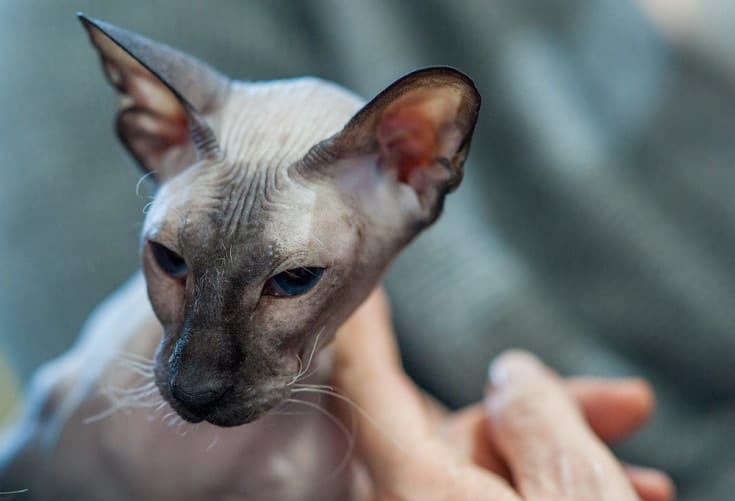
Final Thoughts

